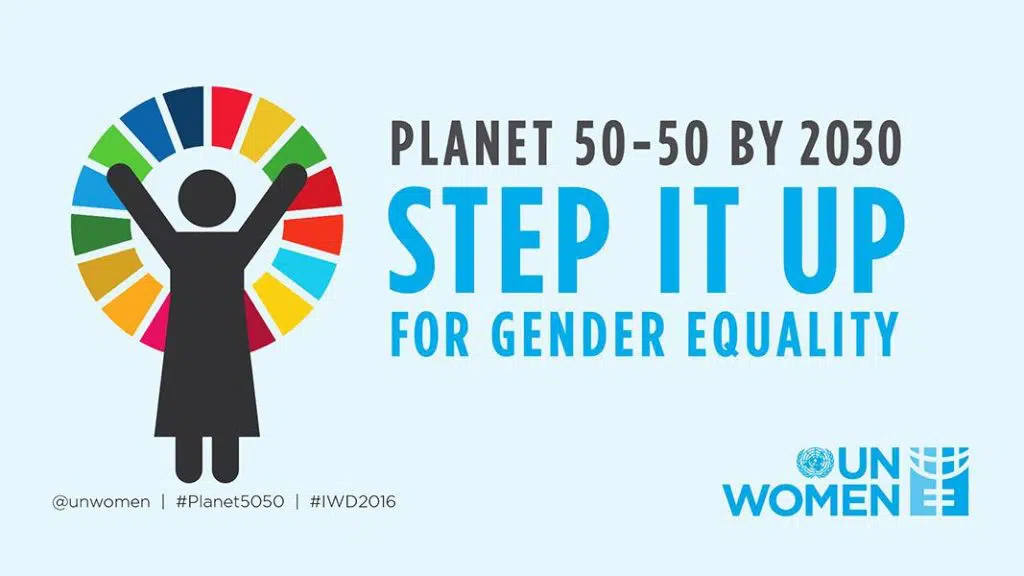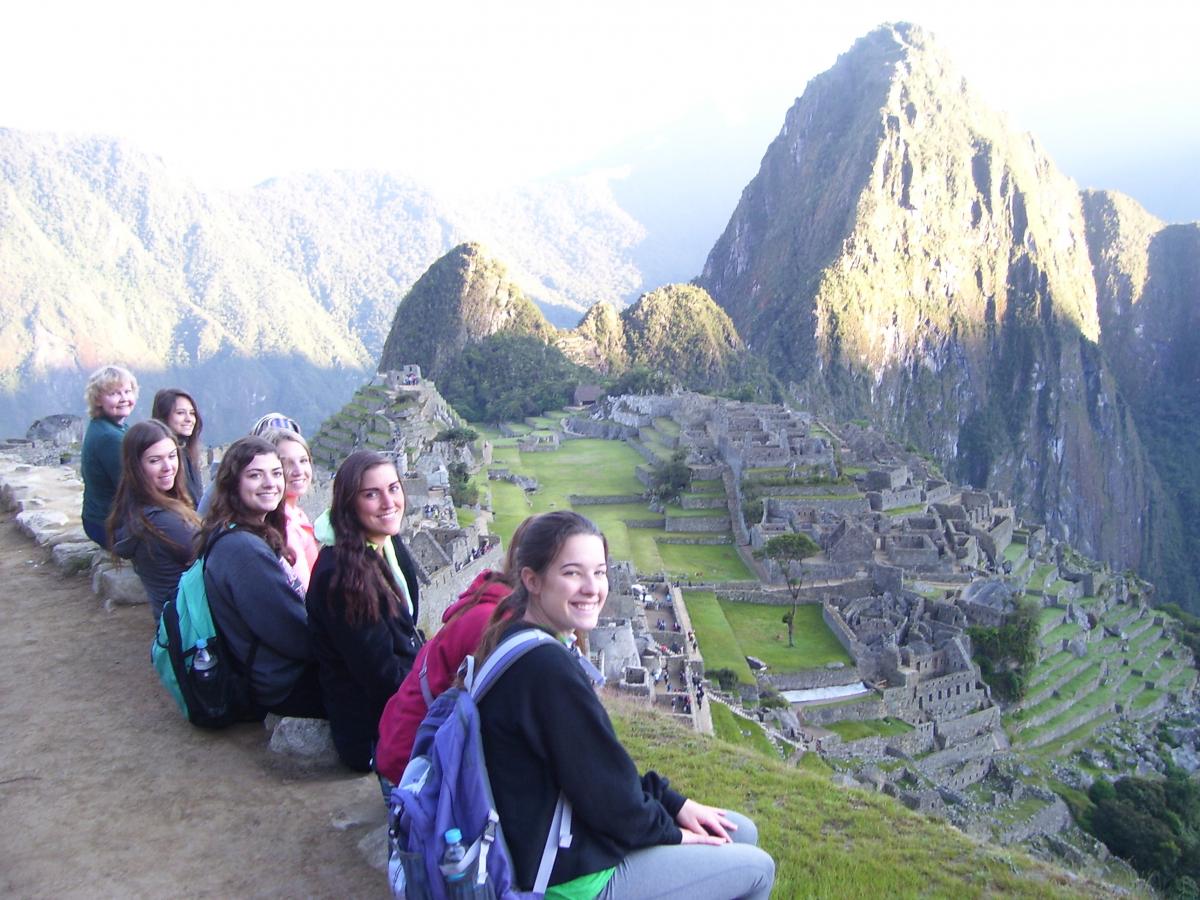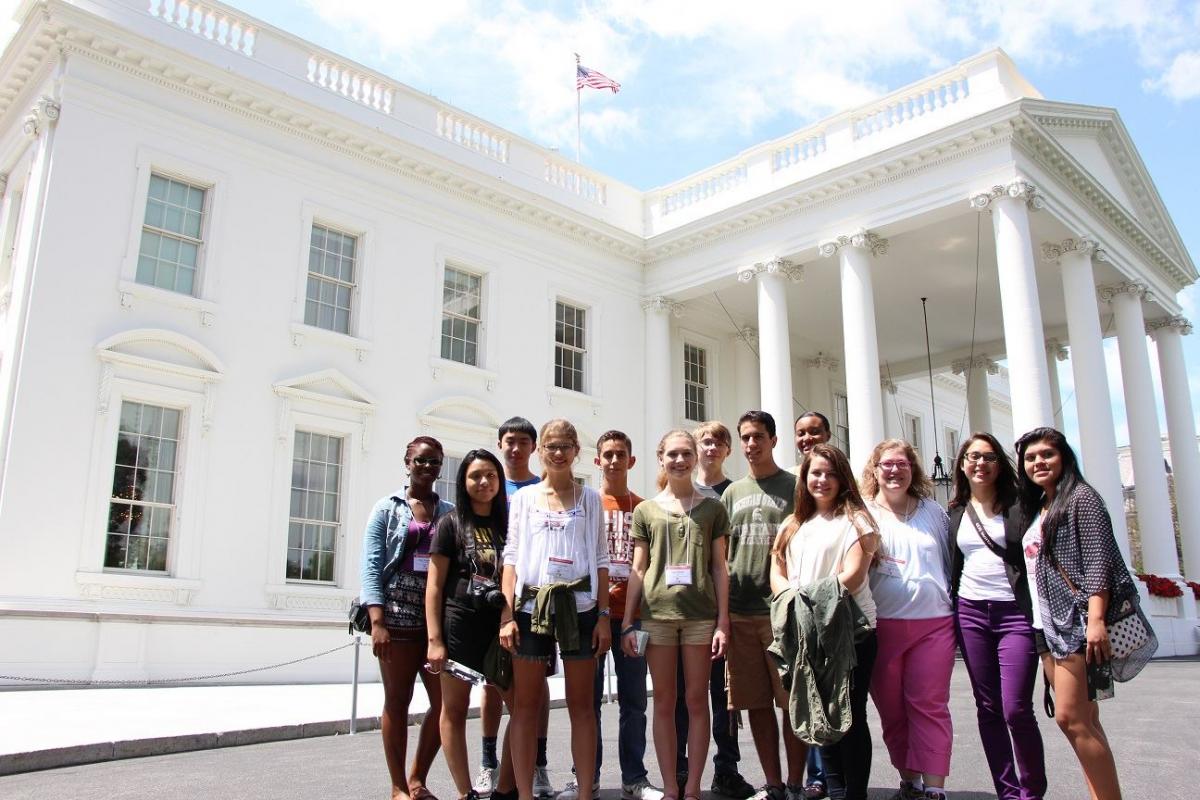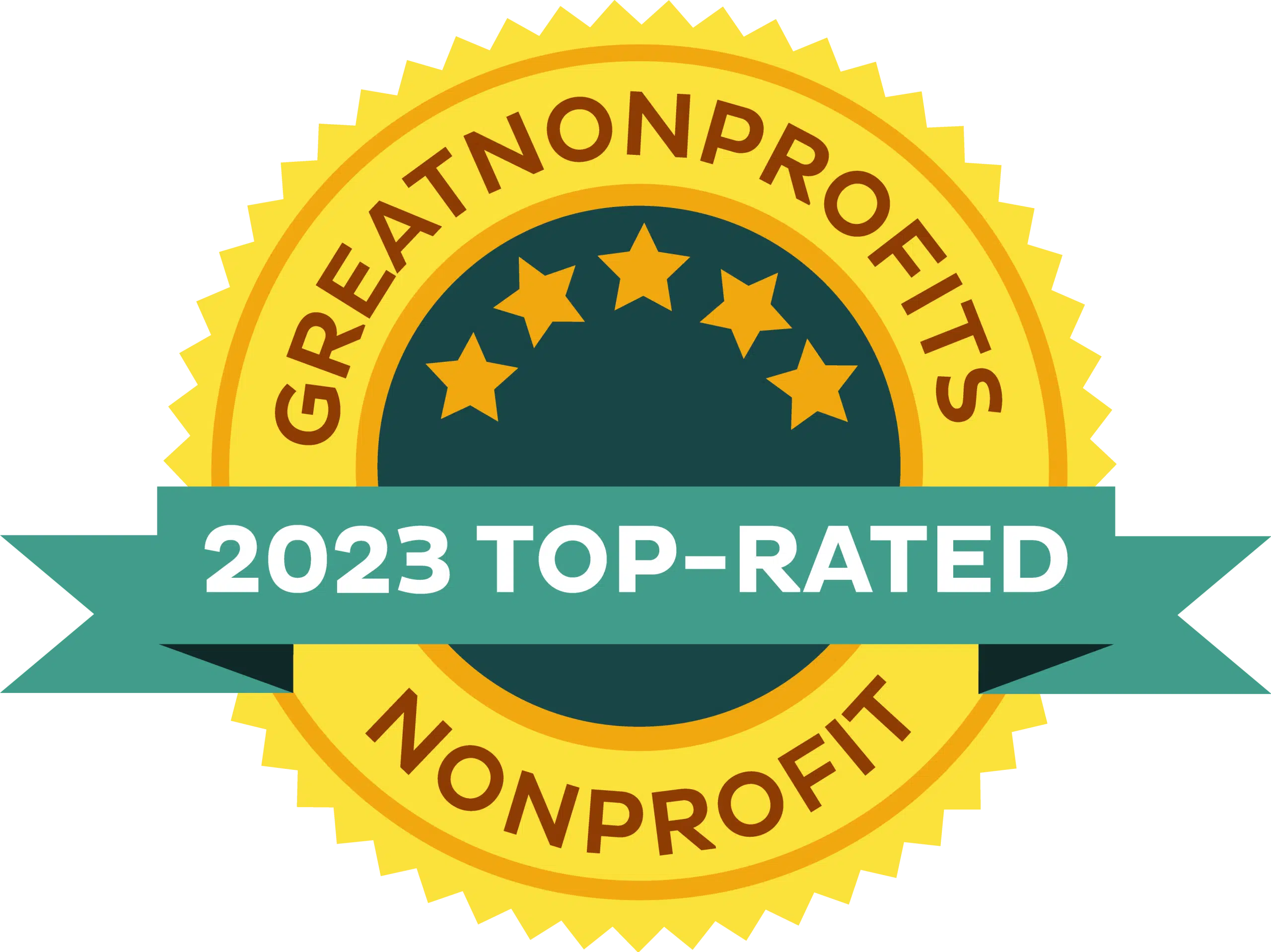“Today’s epidemic of undereducated and impoverished girls is tomorrow’s crisis of instability and conflict, health, hunger, and avoidable child deaths,” the 2016 U.S. Global Strategy to Empower Adolescent Girls states.
A staggering 62 million girls around the world are not in school. Their potential to contribute to their communities is stunted and their opportunity to learn is deprived solely on the basis of their gender.
I attended the 2016 Gender 360 Summit on June 15-16, an official side event of the White House’s summit on The United State of Women. It brought together more than 1,000 attendees, including Tina Tchen, Assistant to President Barack Obama and Chief of Staff to First Lady Michelle Obama, and Catherine Russell, U.S. Ambassador-at-Large for Global Women’s Issues. The summit covered topics including educational and economic empowerment, gender-based violence, and the 2030 Sustainable Development Goals.
Barriers to Education
Panelists spoke about the importance of engaging communities in women’s education reform. Elizabeth Ndung’u, an education counselor with Kenya Equity in Education Project (KEEP), discussed her work in refugee and host community schools to keep girls in school. Child marriage runs rampant in Kenya, affecting an estimated 26 percent of girls before their 18th birthday. Because the economic cost-benefit analysis of school is falsely seen as less than marriage, the girls are forced to drop out of school early. The reality is that investing in girls’ livelihoods can improve the entire community. Ndung’u reflected on the most successful tactics to keep girls in school, mainly the use of gender responsive pedagogy. This encourages inclusiveness in the classroom by creating a safe environment to motivate girls to learn. “Education is an investment to better society,” Ndung’u said.
Apart from cultural norms, socio-economic status also prevents girls who complete primary or secondary education from attending college. Higher education institutions (HEIs) have limited financial resources to support students with continuing their studies, let alone have the opportunity to study abroad. In today’s global economy, a transnational perspective is necessary to succeed.
Even when all the pieces are in place, girls and young women around the world face several barriers to accessing education. Panelist Craig Geddes, chief of party for IGATE, identified 9 major barriers:
- Poverty level –Children from poor families tend to drop out and get jobs to help support them.
- Girl’s self-awareness & worth – Directly tied to their motivation to learn.
- Parental support – If they arrange an early marriage, children prematurely end school.
- Religious & cultural beliefs – Dictate when learning should end.
- Far away schools – Can be dangerous, inconvenient etc.
- Fearful school environment – Feeling unsafe, boys outnumber girls.
- Men’s support – Lack of.
- Health – Maternal mortality is very high.
- Drought – El Nino changed the context and shifted the priority from school to water conservation efforts.
Each barrier is singularly compelling, but combined require a multi-faceted approach to solve. Panelists spoke about some creative solutions to the issues, citing a “radio-learning” initiative when Ebola shut down schools in Sierra Leone for nearly a year. In that case, curriculum were broadcast to make up for lost time and to reach a wider audience.
First Lady of the United States Michelle Obama’s Let Girls Learn initiative also addresses many of these barriers. Let Girls Learn “elevates existing programs and invests in new efforts to expand educational opportunities for girls – including in areas of conflict and crisis.” The program works by combining “the necessary political will, diplomacy, grassroots organizing, and development expertise.”
How Partners of the Americas Tackles Barriers in Higher Education
Study abroad at higher education institutions poses some of the same barriers as those mentioned above, the most prominent of which is poverty level. Countless students are put off from applying to international experiences because they can’t afford the program.
Partners’ Capacity Building Grants program provides study abroad funding to U.S. HEIs with little to no study abroad capacity. The program is specifically geared toward HEIs representing students of non-traditional groups, first-generation college students, students of diverse race or ethnic backgrounds, or students in underrepresented disciplines in study abroad.
Partners’ 100,000 Strong in the Americas Innovation Fund provides HEIs in the Western Hemisphere with grants to to enhance students’ global learning through study abroad opportunities. Through this bidirectional program, HEIs develop study abroad partnerships based on specific themes with countries in the Western Hemisphere that allow students to gain worldview-altering experiences. Students that study abroad come back sharing knowledge and skills that contribute to a community’s development. “It’s an exchange of ideas and cultures that will enrich the lives of people on both sides,” SLOTUS Jill Biden said during her recent trip to Costa Rica.
Now until August 14, proposals are being accepted for 100,000 Strong in the Americas Competition 11, funded by Coca-Cola Foundation. The competition is open to HEIs that promote study abroad programs in the field of Environmental Sciences, with an emphasis on water. The competition is open to Argentina, Brazil, Chile, Mexico, Peru, Venezuela, and the United States.
Engaging Youth as Decision Makers Leads to Sustainability
Summit panelists urged self-advocacy – giving girls the chance to lead change. “The most effective agents of positive change are the girls themselves,” Feyi Rodway, a gender and education consultant for DFID, said.
Having girls lead the agenda has been successful in worldwide campaigns such as Because I am a Girl, a global initiative working to end gender inequality and promote girls’ rights. The campaign would not have been nearly as effective if it were led by policymakers and adults. Because the actual beneficiaries implemented the campaign, its efforts have been sustainable long after aid withdrew from the community. Engaging people on their terms has proven effective for sustainable community change both for Partners and other NGOs at the conference.
At Partners, our Youth Ambassador program empowers high school youth of limited means and/or limited international experience to build understanding among countries, increase leadership skills and develop a commitment to service. The youth travel to a partnering country, where they engage with local government and civic organizations, build relationships with host families and their peers, and participate in skills-based training. Upon returning to their hometown, each youth implements a service project that he or she personally designed.
We need to step aside and provide a safe space for girls, and then support them in carrying out those changes. After all, as Jill Biden noted, “the success of a nation is measured by the success of its women.”







